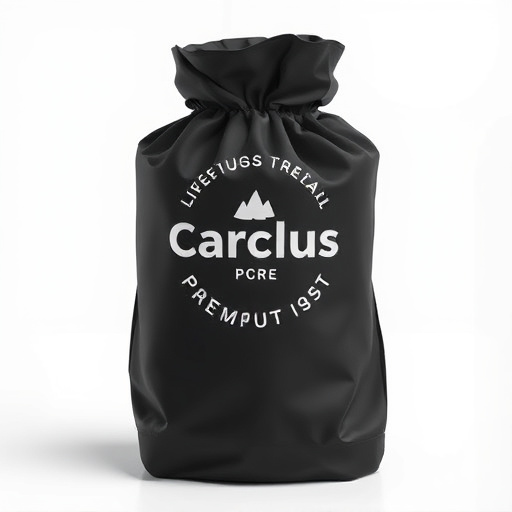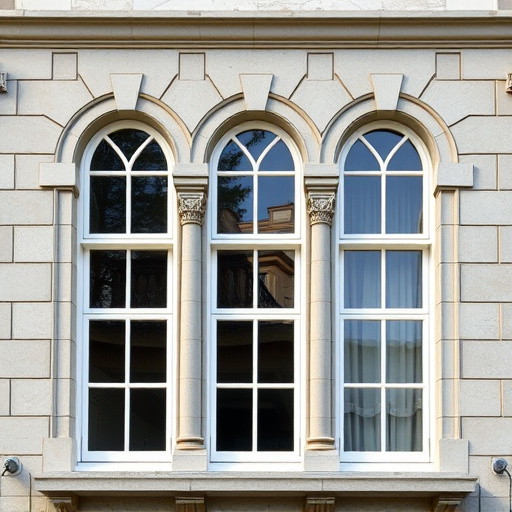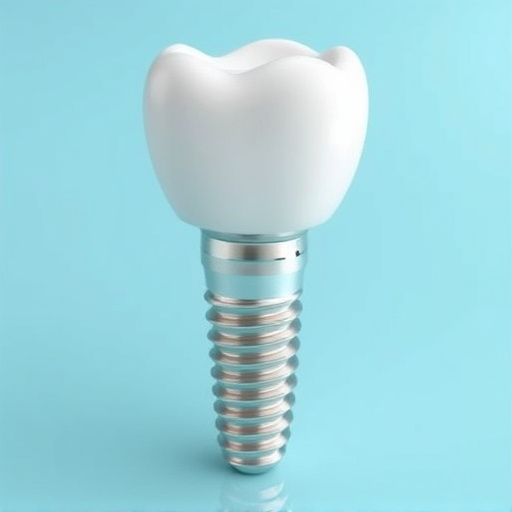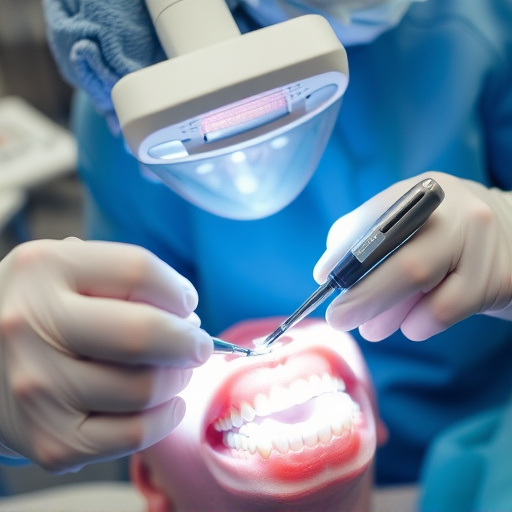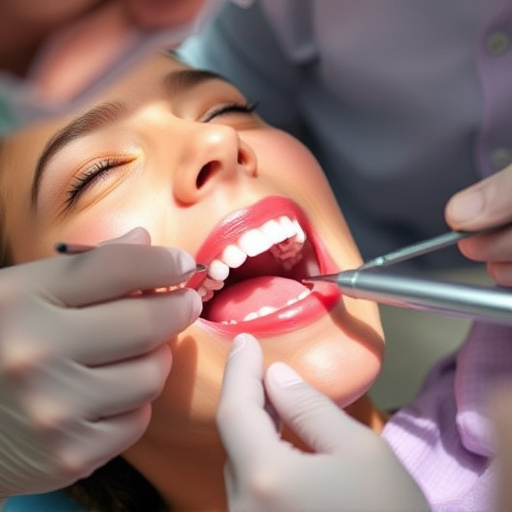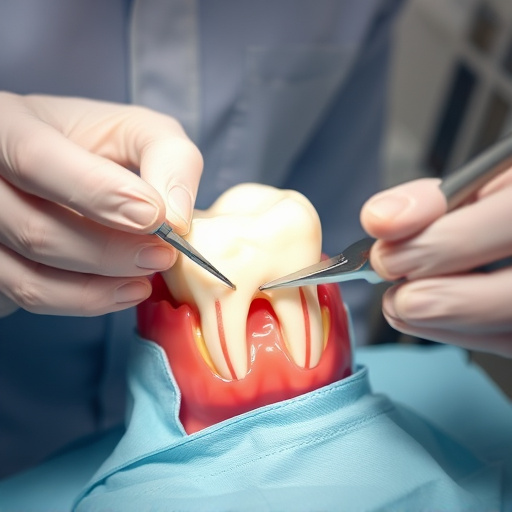Full mouth restoration is a holistic dental procedure revitalizing teeth and gums, focusing on long-term health and aesthetics. This conservative approach uses minimal intervention, advanced tools for plaque removal, and durable materials to preserve healthy tooth structure, suitable for sensitive patients. It offers improved oral hygiene, reduced complications, and better arch health compared to extensive procedures.
Considering a full mouth restoration? You’re not alone. Many seek comprehensive dental solutions for improved function, aesthetics, and overall oral health. This article delves into the world of conservative approaches within full mouth restoration, focusing on minimally invasive techniques. We explore the benefits and longevity of these methods, empowering you to make informed decisions about your smile’s transformation while prioritizing long-term wellness.
- Understanding Full Mouth Restoration Needs
- Conservative Approaches: Minimally Invasive Techniques
- The Benefits and Longevity of Conservative Restorations
Understanding Full Mouth Restoration Needs

Full mouth restoration is a comprehensive dental procedure designed to restore all teeth and gums to optimal health and aesthetics. Understanding what this entails is crucial for anyone considering such a treatment. It often involves a combination of various dental services, including cosmetic fillings, tooth extractions, and meticulous dental cleanings. The primary goal is not just to fix individual problems but to create a balanced and functional oral system.
This approach takes into account the overall health of your mouth, jawline, and facial esthetics. By addressing every tooth and gum tissue, it ensures that each component works harmoniously together. This conservative method prioritizes long-term health over quick fixes, offering a more sustainable solution for a beautiful and healthy smile.
Conservative Approaches: Minimally Invasive Techniques

Conservative approaches to full mouth restoration focus on minimizing intervention while maximizing results. These techniques prioritize patient comfort and long-term health by avoiding extensive procedures. One key strategy is utilizing minimally invasive techniques, which can be particularly beneficial for patients who are sensitive to pain or have limited mobility.
Instead of traditional, more aggressive treatments, conservative methods employ advanced tools and strategies for teeth cleaning and restoration. For example, modern family dentistry incorporates advanced dental cleaning technologies that remove plaque and tartar without the need for heavy drilling. Even in children’s dentistry, these gentle techniques can foster a positive relationship with oral care from an early age, promoting lifelong healthy habits.
The Benefits and Longevity of Conservative Restorations

A conservative full mouth restoration offers a range of benefits that extend beyond aesthetics. By focusing on preserving as much healthy tooth structure as possible, this approach prioritizes long-term oral health and functionality. Unlike more aggressive procedures that might involve extensive grinding or removal, conservative methods aim to restore balance and harmony to the bite while minimizing the risk of complications.
This approach is particularly advantageous for patients who want a durable solution without sacrificing the integrity of their natural teeth. Conservative full mouth restoration techniques often lead to increased longevity, as they promote better oral hygiene, reduce the need for repeated procedures, and encourage the overall health of the dental arch. By combining advanced materials, precise techniques, and tailored treatment plans, general dentistry professionals can achieve outstanding results that withstand the test of time, ensuring patients enjoy a beautiful, functional smile for years to come.
Full mouth restoration, while a significant dental endeavor, can be approached conservatively with modern minimally invasive techniques. By prioritizing patient comfort and long-term health, these methods offer a sustainable solution for achieving a beautiful, functional smile. In choosing a conservative approach to full mouth restoration, patients can benefit from reduced recovery times, lower risks of complications, and a preservation of natural tooth structure—all while enjoying the improved aesthetics and oral functionality that full mouth restoration provides.



